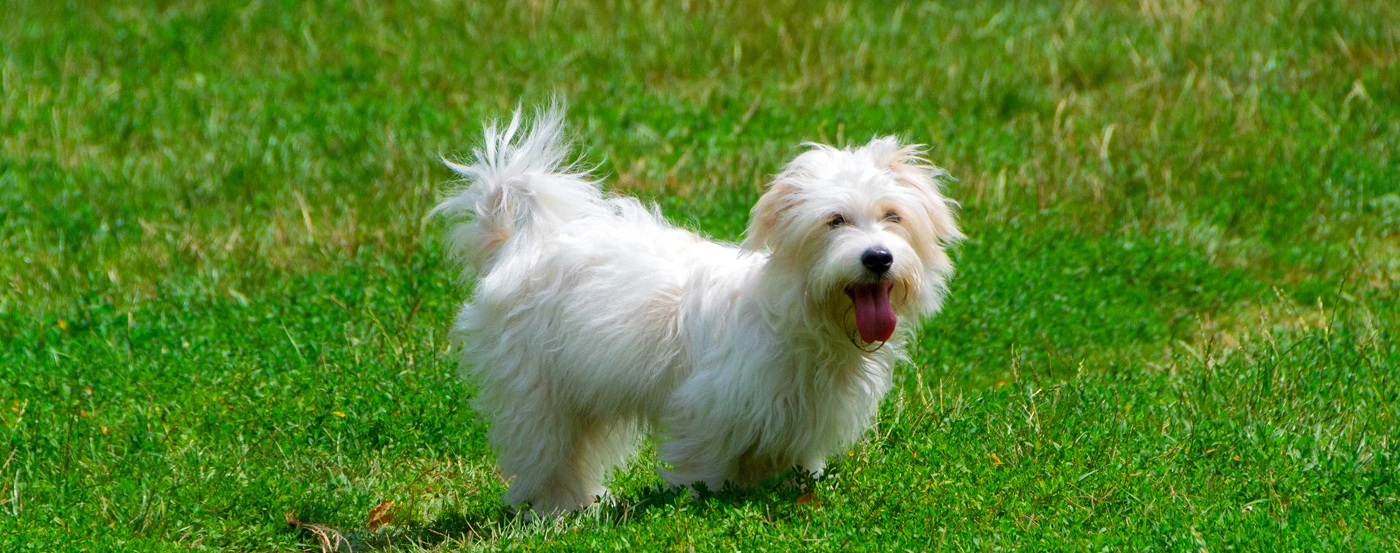Choosing a Greyhound colour can be challenging. Sometimes the dog's colour won't matter, and you will go with what is available. In other cases, you might have decided you want a specific colour, resulting in your shopping around
Greyhound colours will affect the price of the Greyhound, with rare colours, combinations, and patterns often being much more expensive than common colours.
Fawn / Fallow
The yellowy tan fawn Greyhound can come in various shades, including red fawn and blue fawn. This is the most common Greyhound colour.
Blue
Interestingly, grey Greyhounds are referred to as blue and are a dilution of black Greyhounds. The parent dogs must carry a specific recessive gene for a blue Greyhound, which is considered a relatively rare colour.
Black
A pure black Greyhound is one of the rarest colours you will find despite being common in other breeds. All black Greyhounds will also have black foot pads, lips, and noses.
White
Pure white greyhounds are rare and more commonly found mixed with other colours like red, blue, and black.
Red
You will find different shades of red Greyhounds, from the deeper, rich colour like a deer to brighter orangey colours. Red Greyhounds aren't as rare as some other colours but can be tricky to find sometimes. It is much more common for red markings on dogs with a different colour base coat.
Brindle
Brindle dogs come in various base coat colours and have black stripes like a tiger. Brindle Greyhounds are quite common as they can be found in many colours.
Sable
Sable colouring is when the base colour is tipped with black. This makes the dog look darker than usual. Sable colour can be found on all colours of Greyhound but is more noticeable on lighter dogs.
Grey
Grey Greyhounds aren't considered to be breed standard and are similar to blue Greyhounds, lacking only the blue tint.
Slate Grey
Slate grey Greyhounds are closer to silver in colour, and the light grey is more common in Italian Greyhounds.
Liver
Liver Greyhounds come from a diluted black with amber eyes and a brown nose.
Merle
Merle Greyhounds are a striking, mottled black and white colour and often have piercing blue eyes. Despite their beautiful appearance, this colour is frowned upon because there is a greater likelihood of genetic disorders and deafness.
Other markings commonly found on Greyhounds include a black mask around the muzzle, ticked or spotted, partially coloured or mixed, or the Irish pattern resulting in a white collar around the neck.





















